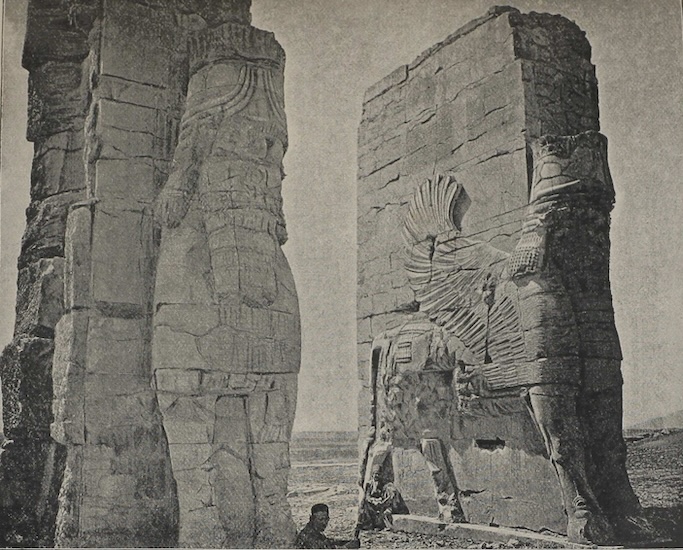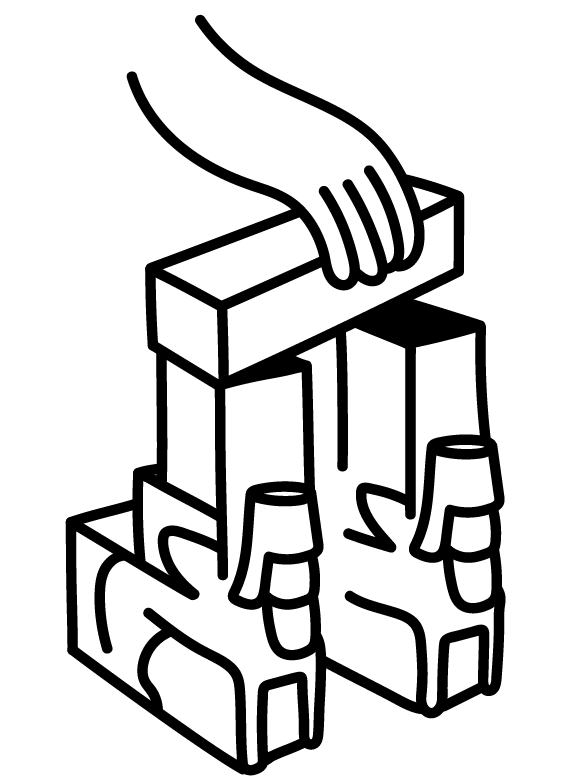On the ruined city’s pilgrims & decoders

Persepolis, wrote the first European to identify its ruins correctly, « farre exceedeth all the rest of the Worlds miracles, that we have seene or heard off. » He made this claim in a Latin letter to a friend after he’d visited the place in 1618.1 More on that ambassador later, and on the more romantic pilgrim whose paths the ambassador crossed, and on the Persian Shah in whose inescapable orbit both of them moved. More, too, on the riddle of divining the oldest work of art and cracking its written language, and on a human heart kept (with macabre tenderness) in a box.
First, the place. The ruins are located on a large, elevated platform at the foot of the steep stony mountain Rehmed in Iran. The ancient city of Persepolis, famed for its destruction by Alexander the Great in 330BC, has indeed disappeared, and yet a visitor is surprised by what still remains of the extensive palace area. The large double staircase, cut elegantly out of massive stone slabs, leads up to a huge double gate on comfortably flat, wide and low steps.
On the outer gate (sadly damaged), two bulls deter hostile intruders. The inner gate is more striking: two allegorical figures protrude in high relief from the massive blocks of stone. Human faces — not female sphinx-like, but bearded male faces — sit like centaurs on bodies of bulls, with wings.

The artwork is unforgettable. A stylized lion gores a stylized bull (or a unicorn?) in a recurring motif under the staircases, filling those triangles with extraordinary tension and energy. Figures bear gifts or tributes in bas reliefs running along the walls and stairways of the palace areas; they have affinities with Greek friezes later created at the Parthenon. The awe at Persepolis comes in part from the scale: more than a thousand such figures, the dramatic realization of a massive and varied seriality.
This article is behind the paywall. Want to keep reading this article?
Subscribe to the European Review of Books, from as low as €4,16 per month.
Already a subscriber? Sign in